El artista Dominicano Máximo Caminero abrió, esta semana, su nuevo estudio en West Palm Beach. La actividad se llevó a cabo en el marco de la noche de galerías que se celebra en el área y contó con la asistencia de un gran número de amantes del arte que acompañaron al artista en esta noche tan importante para él.
“Es siempre muy emocionante iniciar un nuevo proyecto y creo que West Palm Beach cuenta con muchas personas que aprecian el arte con las que podré compartir mi obra”, aseguró el artista que se mudó recientemente a esa localidad.
El estudio de Máximo Caminero estuvo ubicado en Miami durante más de dos décadas y ahora abre sus puertas en el 444 Northwood Road, West Palm Beach, 33407.
Maximo Caminero was born in Santo Domingo in 1962, a time when the dictatorship of Rafael Leonidas Trujillo, one of the most bloodthirsty dictators in Latin America, was left behind.
From a young age, Caminero felt an inclination towards art, a taste he expressed in the creation of several graphic stories in which he made evident his great imagination.
In those years of childhood he created two series of stories, one with soldiers, as he was attracted to the militia and another with a super hero of cloak and mask that he called “Batmangú”, alluding to the legendary character of Batman and one of the typical Dominican dishes, The mangú. The search for this child is thus born in order to find answers to his identity.
One of the episodes that Maximo most recalls in his childhood happened in the house of the great Dominican intellectual René del Risco Bermudez, who was married to the daughter of his mother’s best friend. He showed him a work by the Dominican painter Cándido Bidó. The color of this work will remain in his memory until he became an adult, as well as some works of the impressionists who served as inspiration in his beginnings as a plastic artist.
In his early years he took painting classes with the Dominican artist Nidia Sierra, in one of her workshops was where he painted his first landscape. It was a colonial church.
In his youth he felt an inclination for the architecture, enrolling in the University Pedro Henríquez Ureña (UNPHU), but he abandoned this educational path in just a few months.
“I did not like algebra or geometry, so I left architecture, without realizing that, paradoxically, sacred geometry would be an essential part of my work”.
When he got married, Maximo established his residence in Texas, in the United States, where he painted regularly since 1984.
Colorful landscapes populated the rooms of the painter’s home. In 1994 an art dealer asked him to copy a painting by Ramón Oviedo and handed him a book by this Dominican artist. Caminero is shocked by the work of the great Caribbean artist and decides to make a painting based on the new universe that he discovers in the pages of that book. When he finishes the painting, he signs it with his own name and keeps it for him. Thus begins his search for a language of his own through figurative art and then through abstractionism, also with the research and study of the work of artists like Rufino Tamayo, José Guadalupe and Fernando de Zsyslo. When seeing the influence exerted by the ancestors of these artists on their works, Caminero decides to study the Taino culture. From these investigations are born several paintings in which he uses sand, snails and which are the basis of a language that is permeated by symbols, textures and legends of the first settlers of La Hispaniola. Also born are works such as Orinoco (1999), in which evokes the journey made by the first settlers of the Caribbean. This period is followed by his interest in the work of Roberto Mata and Wilfredo Lam, who is aware of an inclination towards sacred geometry, something Caminero “still does not perceive in his own work.”
Accustomed to creating in the Design District of Miami, since 1990, he moved to Miami Beach in 1995, where works such as Diptych in Oblivion (1999) are born, in which abstract surrealism becomes evident, without neglecting his interest in the first Settlers of the his native island.
In 2000 he opened a studio on Miami’s Biscayne Boulevard, where he remained for 15 years. Through this space, artists of various nationalities, writers, poets and intellectuals, who shared encounters with the artist, nourished themselves in the gatherings, the music and the poetry while painting. These interactions produce in Caminero’s work a language capable of transmitting the invisible through abstract forms that flow in harmonic strokes and colors and that try to transmit to the observer the nature of its universe.
At this stage, Maximo Caminero is interested in the work of the artists of the city of Miami and feels discontent with the way in which the projection of their work in the local museums is handled. This inconformity moves him to make a protest in the newly opened Pérez Art Museum of Miami (PAMM) in November 2013, in which he takes a vessel from one of the installations of the artist Ai Weiwei and destroys it. Evoking the photo that accompanies this installation, in which the artist also destroys a vessel.
Some in favor, others against Caminero’s “performance-protest”, several intellectuals, artists and galleries from Miami hold different panels, where this event is discussed. Caminero responds with the creation of several works, like Cloaca Miami (2014).
“The reaction of society, and the media, to the protest drew my attention. Some understood what I had done. Others, however, condemned me without knowing what the protest was about. Even some information was disseminated that did not correspond to reality, such as the value of the vessel”.
As part of creating a language through his works, for Caminero it is important to write with him, create multiple stories that can be remembered from the strokes that flow in their encounters with the canvas. This language has been enriched in the last years after the artist experienced the ceremony of Ayahuasca, in which he warns “a perfect harmony between the lines that form his universe”. That harmony, which connects him to the creation of his works, was evident in his most recent exhibitions in which the artist begins more Exhaustive in the invoice of his work.
For Caminero his work is part of a whole that he has discovered while letting his language flow through his canvases.

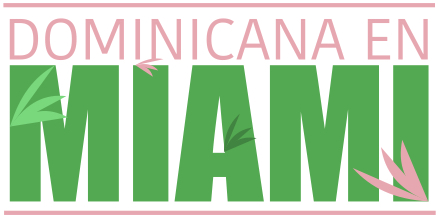


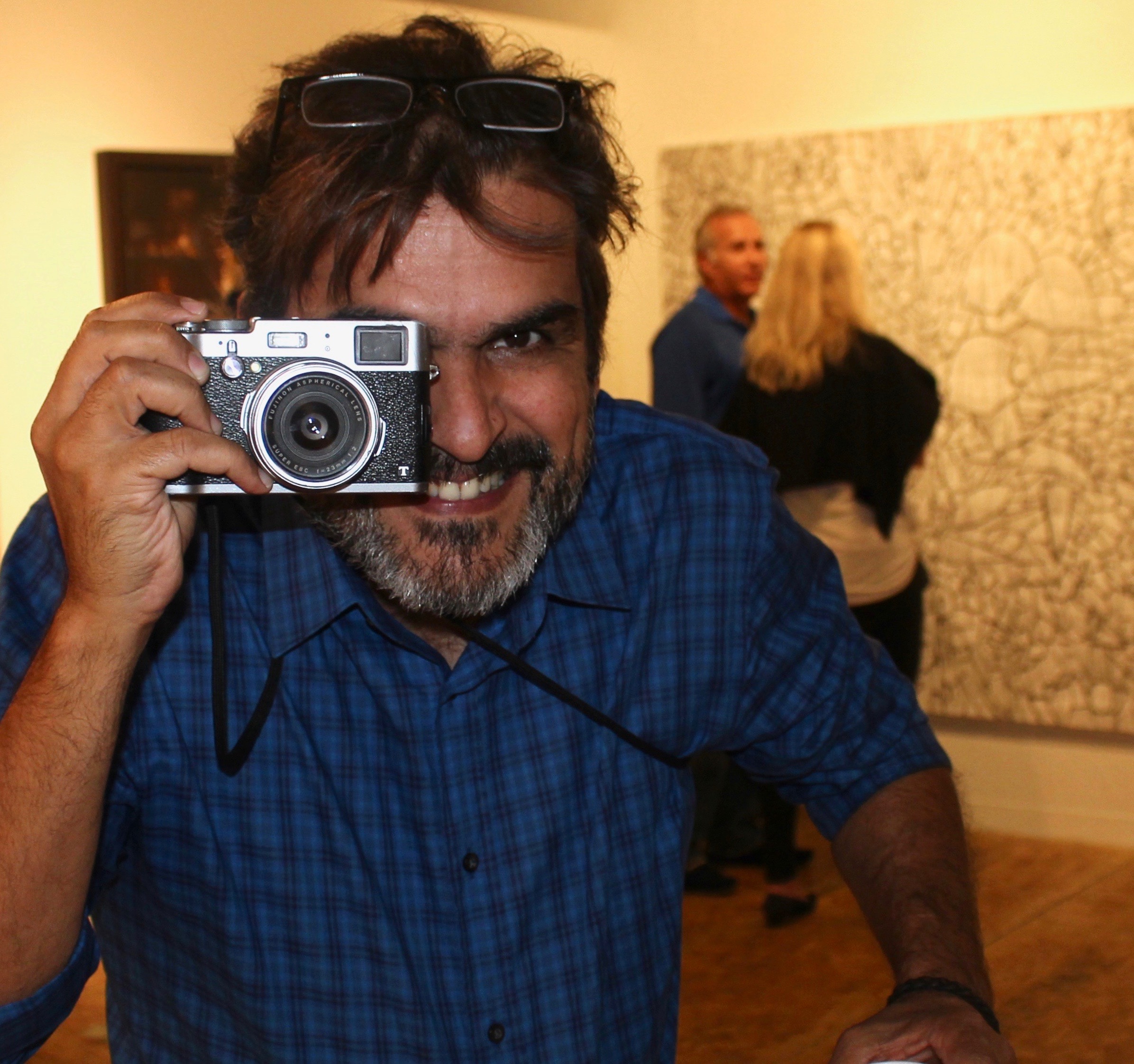






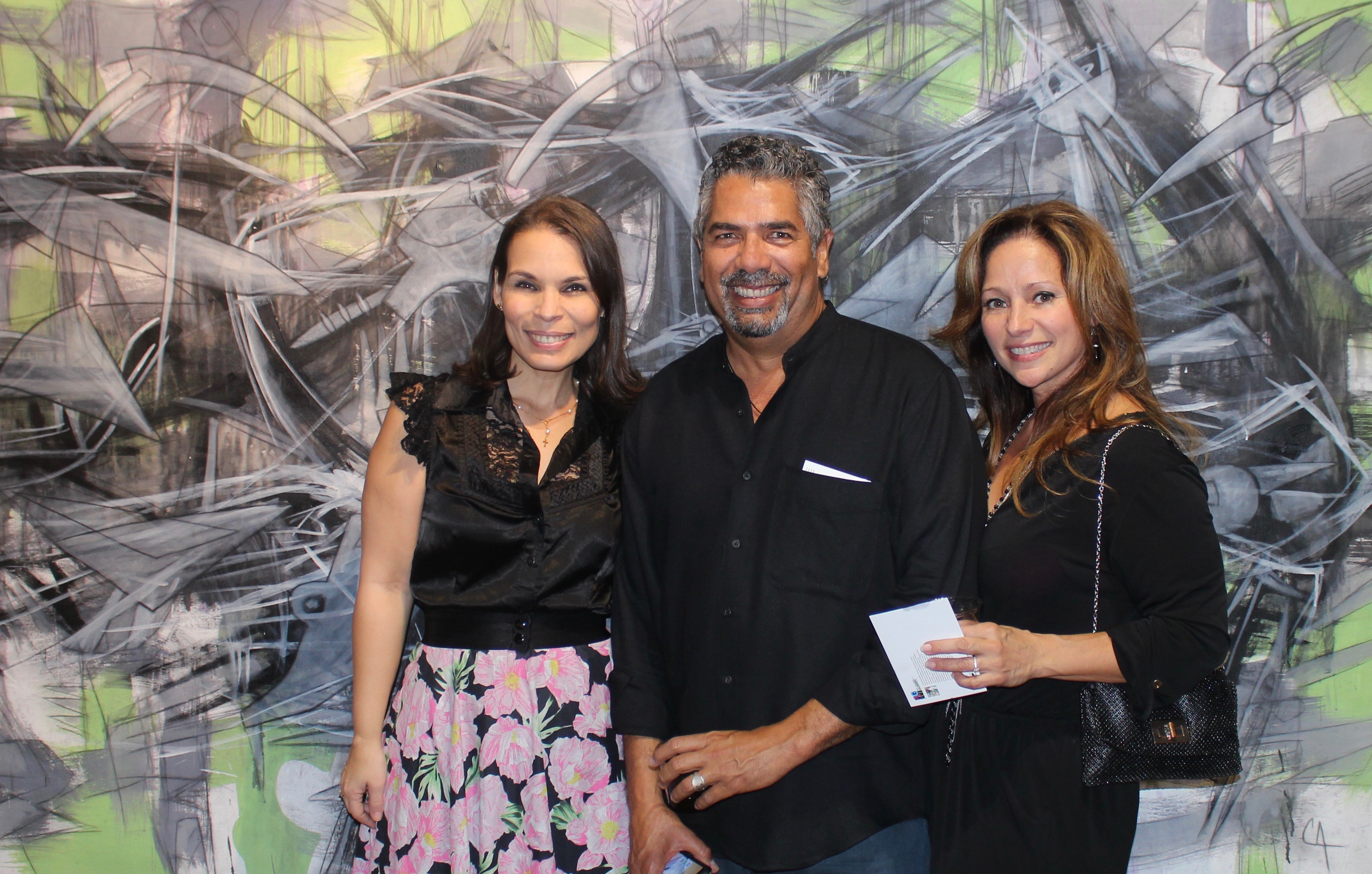






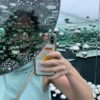
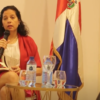


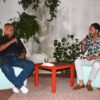


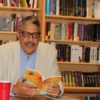
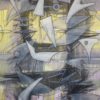



Comentarios